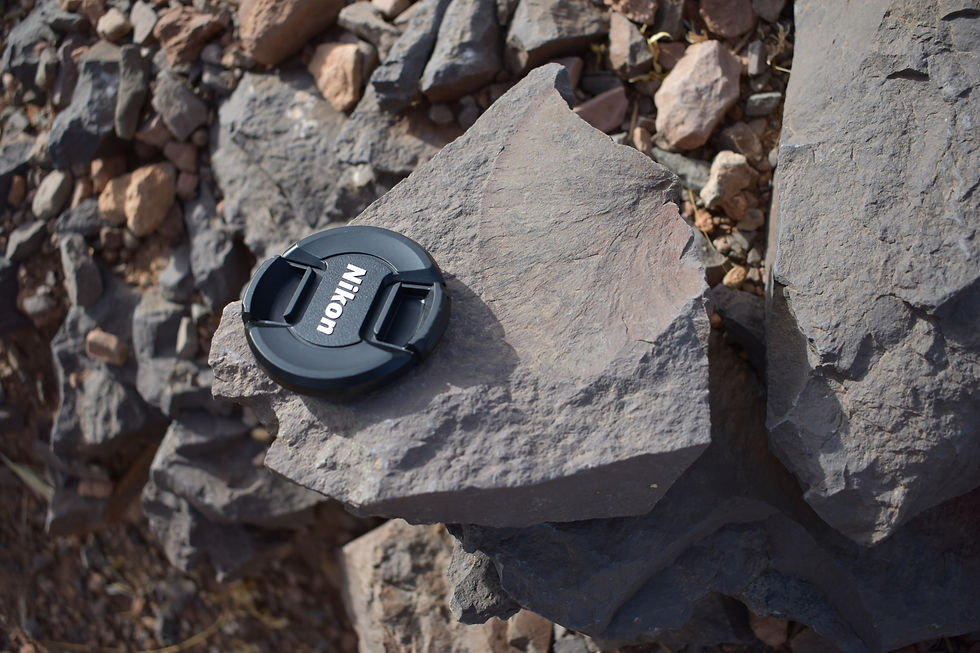Geomicrobiology Group

Research Projects - Precambrian and Cambrian Biosignatures




Precambrian/Cambrian environments of Anti Atlas mountains (Morocco)
The occurrence of the animals on our planet is one of few major evolutionary steps in life emergence and diversification that clearly characterized our planet as habitable. A few competitive hypothesis are set up as possible solutions and the exact process(es) that set the stage up for this kind of evolutionary change remains not fully understood. We are investigating several the Anti Atlas transects that represent this transient period; and later permit meaningful integration of geochemical, mineralogical and paleobiological data. We will build on previous knowledge and expand by illuminating the specific connections between the evolution of the environments and the organisms, which were missing so far. Further, the select sets of the most relevant samples are planned to be used as life detection analogs and to be shared with instrument developing teams of ExoMars and Mars 2020 missions in order to test life detection capabilities and the instrument usefulness in reconstruction of the paleoenvironments.




Cambrian Allentown Stromatolites, New Jersey (U.S.)
The 500-515 Ma old, Allentown Formation contains the large convex mound (round-headed columnar layered mats), thrombolite structures (chaotic texture) and wavy bed types (undulatory and laterally linked mats) of stromatolitic morphologies. We are aiming to characterize specific dolomitization processes and how they affected the biosignatures using high-resolution microscopic and spectroscopic analysis. Our intention is to constrain the origin and formation of multiple generations of dolomite within the formation to assess the level of diagenetic and metamorphic processes, and their influence on the biosignatures in obviously microbially maintained structures (stromatolites). The results will contribute to a better understanding of the debatable formation of dolomite and interpretation of ~500 Ma old biosignatures.